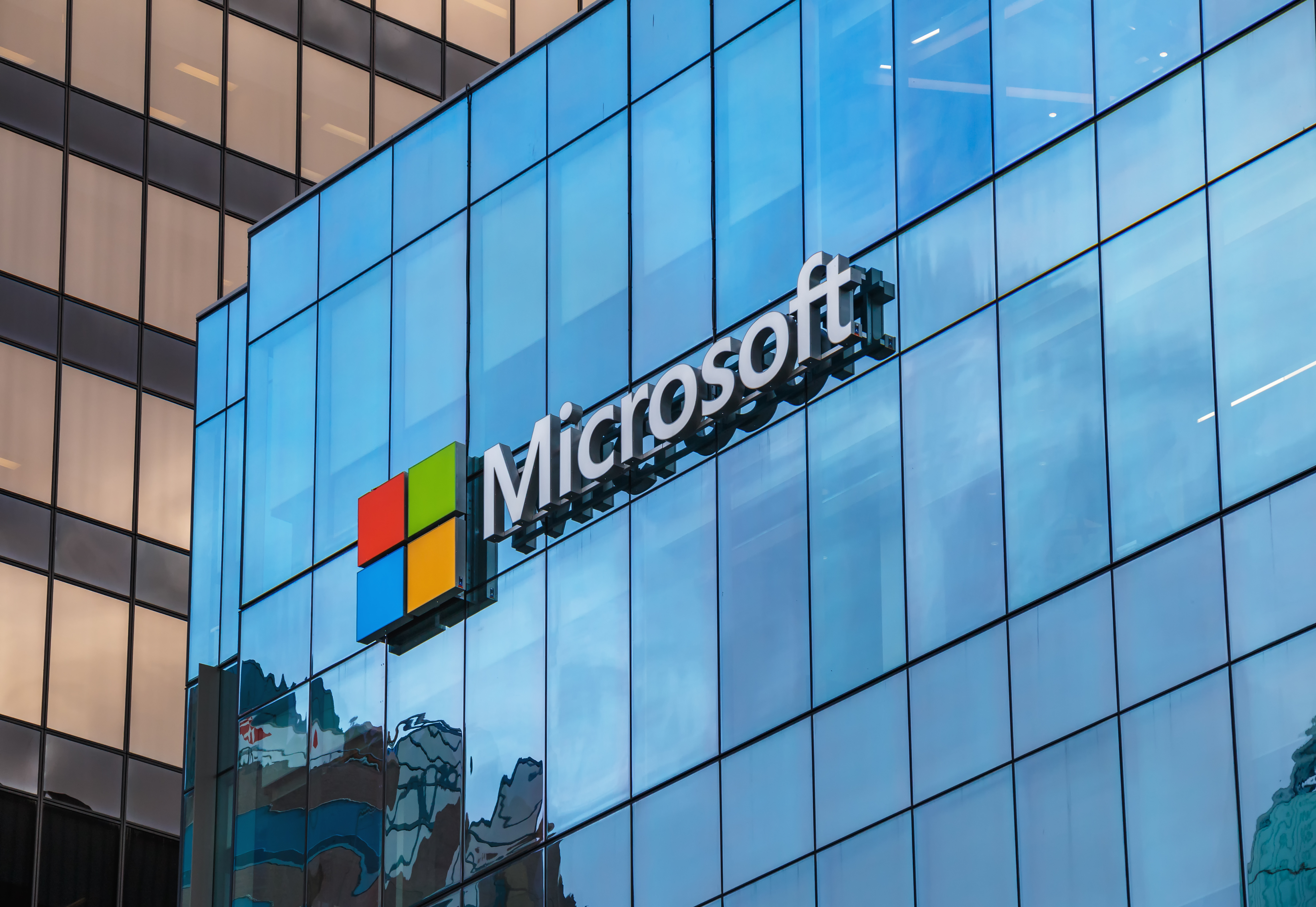Microsoft Previews New DirectX 12 Ray Tracing Features
Microsoft offered developers some information about new DirectX 12 features included with Windows 10 20H1 builds currently available via the Windows Insider Program. The company said it will release more technical details about the features "in subsequent weeks," too, with plans to release the official specs at the same time.

The company focused on three features in its blog post: DirectX Raytracing Tier 1.1, DirectX Mesh Shader and DirectX Sampler Feedback. Others were mentioned, but Microsoft didn't offer many details about them, saying only that one would arrive "in the next few months" and that it would offer more details "in coming weeks."
DirectX Raytracing Tier 1.1 adds support for "adding extra shaders to an existing Raytracing PSO, which greatly increases efficiency of dynamic PSO additions," as well as ExecuteIndirect for Raytracing, a tech that "enables adaptive algorithms where the number of rays is decided on the GPU execution timeline." The tier also introduces inline raytracing for enhanced control over the "ray traversal algorithm and shader scheduling,"
DirectX Mesh Shader is supposed to "enhance performance by allowing geometry to be pre-culled without having to output new index buffers to memory," Microsoft said, while also introducing a new amplification shader stage that "enables tessellation, instancing and additional culling scenarios."
The company said mesh and amplification shaders are "the next generation of GPU geometry processing capability" and will "allow game developers to increase geometric detail, rendering more complex scenes without sacrificing framerate." That should appease graphics enthusiasts and performance snobs alike.
DirectX Sampler Feedback, meanwhile, is "a hardware feature for recording which areas of a texture were accessed during sampling operations." It's supposed to assist with two scenarios--Texture Streaming and Texture-Space Shading--to reduce the load times caused by rendering the highly detailed graphics found in many games.
All three features are meant to offer improved performance in graphically intensive games, which should allow game developers to make their games even more visually impressive without sacrificing framerates. They won't be a panacea for questionable performance, of course, but they should at least make things easier for developers.
Get Tom's Hardware's best news and in-depth reviews, straight to your inbox.
Developers interested in experimenting with these changes to DirectX 12 have to use the Windows 10 Insider Preview Build and SDK Preview Build; install the DirectX Shader Compiler and contact graphics companies for compatible GPUs and drivers.

Nathaniel Mott is a freelance news and features writer for Tom's Hardware US, covering breaking news, security, and the silliest aspects of the tech industry.
-
hannibal Interesting to see implementations of this!Reply
Next year will be interesting in gpu department.